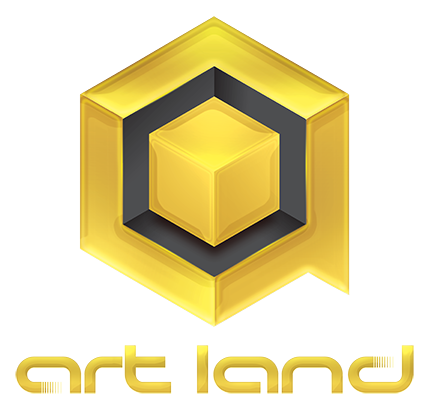3D Object to stl
3D printing is a fast-growing field and is growing every day as more and more people are accessing 3D printers. 3D printing can be used for prototyping, creating spare parts, for printing prostheses and medical implants.
3D printing is one of the main educational trends of recent years. Schools and universities around the world clearly understand that without the use of 3D printers today it is impossible to provide schoolchildren and students with truly comprehensive training study.
3D printing significantly increases interest in the learning process, as it allows students to feel like real innovators. Having created a model on the computer, the student will be able to hold it in his hands in a few hours – this is a great motivation to create new things.
The basics of 3D modeling with programs can be applied in elementary and secondary schools, providing an approach to digital modeling based on the principle of “what you see, what you get.” The simulated objects are built on the basis of drawings, sketches, detailed descriptions, and other information.
Using three-dimensional graphics, one can develop a visual volumetric image of the desired object: create both an exact copy of a specific object and develop a new, not yet existing object.
When it comes to modeling 3D files for a printer, the most commonly accepted format is an STL file, which is a grid of triangles. After a 3D object to stl has been created, it is sent to the 3D printer. Most 3D printers have software that allows converting STL into layers that will be printed by the printer and commands for the 3D printer.
Not every model can be printed in the form in which it is. And almost everyone has to prepare for 3D printing.
The first thing one needs to pay attention to is the grid. It is important that the parts do not overlap. If the models intersect, problems will arise during printing. One can fix errors in the intersection of models manually or through third-party Internet services.
Physical restrictions for 3D printing
In order to find out whether it is possible to 3D print your model 100 and the wall thickness you intended, you need to find out the thickness of the nozzle of the 3D printer on which your model will be printed. This information must be clarified with the company that will print your model.
It is also worth paying attention to the geometry of your product. If your object has a lot of overhanging elements, then they will require a supporting structure.
This will affect the cost of the material when printing your model. However, you can print walls without support if the angle of inclination does not exceed 70 degrees.
The accuracy of 3D printing your 3D models depends on the mechanics of the printer. The average XY accuracy is approximately 0.3 mm for simple, home printers. The accuracy of the printer along the Z axis is determined by the height of the layer.
This value ranges from 0.1 to 0.4. Do not forget about the shrinkage of the material, which can change the geometry of the object.
And most importantly, almost all 3D printers work with the stl file format. In order to convert your 3D object to stl format, you can use Internet converters or built-in export methods in the 3D editor in which the simulation took place.
What kind of format is this – STL?
STL is a file format widely used for storing three-dimensional models of objects for use in additive technologies. Information about the object is stored as a list of triangular faces that describe its surface, and their normals.
The STL file can be text (ASCII) or binary. It got its name from the abbreviation of the term “Stereolithography”, since it was originally used in this technology of three-dimensional printing.
Format disadvantages
Slight accuracy;
Large file size for complex models.
How to convert your 3D object to STL?
The specific of converting a particular format to STL is a topic for individual articles. There are many options and instructions, too. The very essence of conversion is that the model has the opportunity to be really printed. Basically the list of actions is as follows:
Getting rid of all errors of the model itself (sunken edges, wrong model grid);
Adding hollow areas to save material and reduce cost;
Elimination of gaps in the model (Note. Two parts hanging in the air cannot be printed without supports);
And accounting for specific printing material;
We take into account post-processing and small details
Post-processing a part also requires attention because it can degrade the detail of small parts.
When modeling, you should avoid bottlenecks where it will be impossible to get into the skin with a sandpaper or micro drill. Otherwise, you will have to use a solution that can deprive the model of other details. Also, preparing models for printing, you should know in advance the maximum allowable print sizes.
If your 3D printer cannot print the whole model, you can print it in parts and then glue it or otherwise combine it. Over time this may change, as a dense stream of innovative technologies enters our lives, finding new applications. Much that today is commonplace for an ordinary person, for a person of the last century was something fantastic and unattainable.
Today, there is a beneficial development of all kinds of technologies that somehow make our life easier and more rational. Every year there is a place for a new discovery and a new movement in science. If we take into account the development of electronics as a whole, then the progress is obvious, and most importantly, as you can see from the clear statistics, he is in no hurry to stop. You can simply combine what was said with one expression: “We still have something to strive for!”

Leave a Reply
Want to join the discussion?Feel free to contribute!